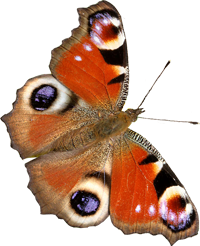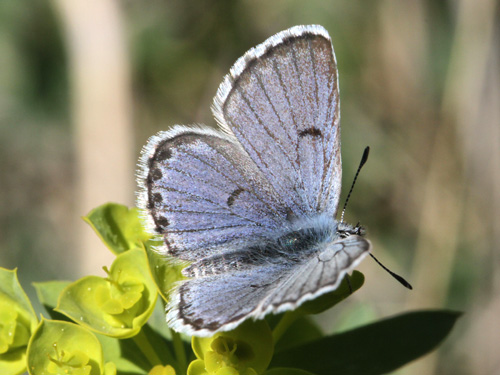
Valais, Switzerland, May 2014
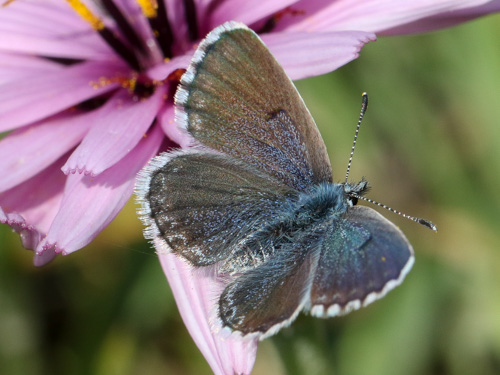
Sicily, Italy, May 2018
Field notes and information
A small species with numerous bold spots on the underside.
Identification & Similar species: The baton blues, Pseudophilotes , are a genus of very similar species. There is little overlap in distribution but where there is, the similarities causes confusion. The following should help with identification.
Panoptes blue, P. panoptes, is from central and southern Spain. Orange markings on the underside are reduced or absent.
Eastern baton blue, P. vicrama, from Austria and eastwards to Greece and southern Finland. The largest species, on average, and the underside orange markings are brighter and bolder. All rather subjective.
False baton blue, P. abencerragus, from north Africa. Overlaps with the panoptes blue, P. panoptes, in southern Spain. I am unsure of how to separate these two species, apart perhaps, by establishing the presence of the distinctive food plant of the the false baton, P. abencerragus. It lacks orange on the underside. It has a supposedly duller slate-grey underside ground colour which may separate it from the panotpes blue, P. panoptes.
Sardinian blue, P. barbagiae, confined to and the only species found on Sardinia.
Distribution & Flight: North Spain, France, southern half of Germany into the Czech Republic and southwards into Switzerland and all of Italy. Apparently not on the islands except Sicily and Corsica. Often common where they occur in the south, less so in the north. Sea level to 2000m.
Typically double brooded in early spring (e.g. April/May to June) and August/ September or only summer (e.g. June/ July) at higher levels.
Habitat & Behaviour: Dry grassy/ rocky places amongst hills. Larvae take thyme but also lavender and mints. Flies low over the ground where it can be easily overlooked. Takes nectar at flowers, and typically rests on warm surfaces such as soil or rocks. They have a characteristic pose: wings slightly cupped and usually held open at right angles.
Variation: Variable in most markings.
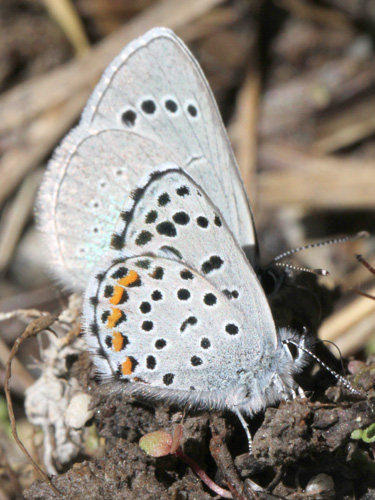
Valais, Switzerland, May 2014
With Glaucopsyche alexis, green underside blue, in the background.
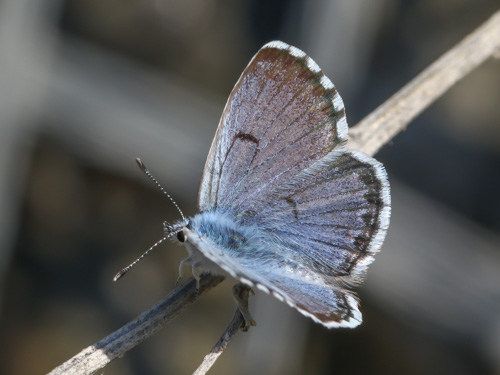
Valais, Switzerland, June 2019
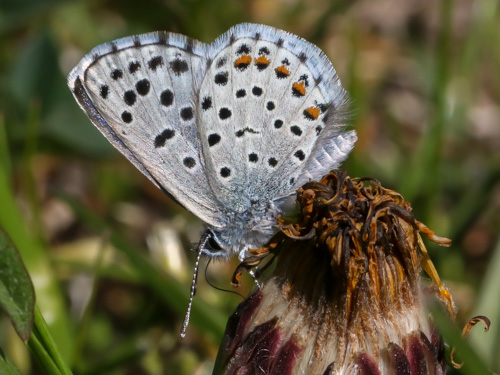
Valais, Switzerland, April 2021
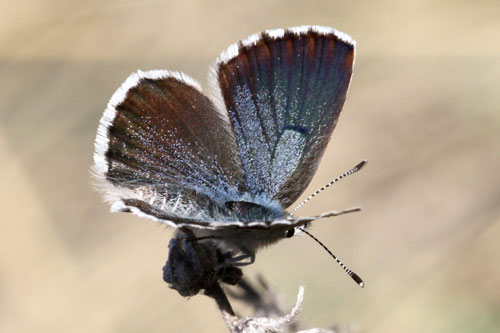
Valais, Switzerland, May 2011
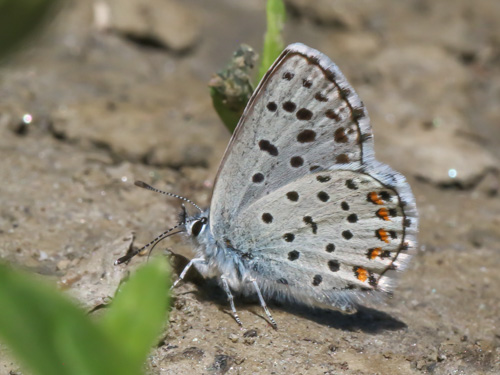
Valais, Switzerland, June 2019
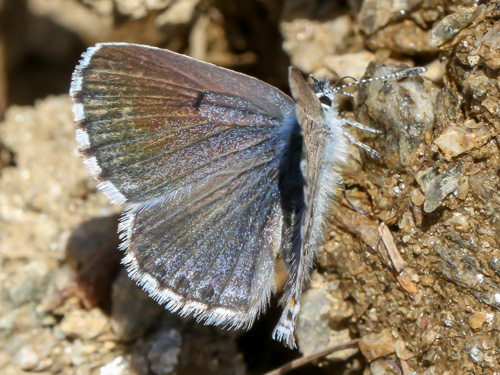
Valais, Switzerland, July 2020
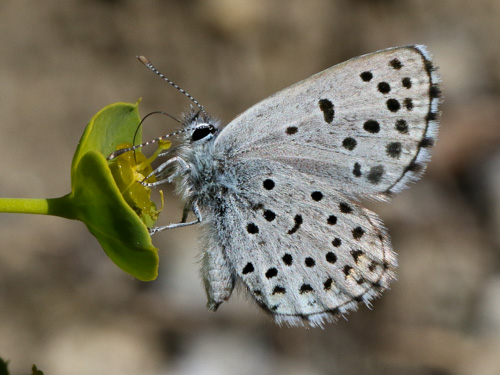
Valais, Switzerland, May 2018
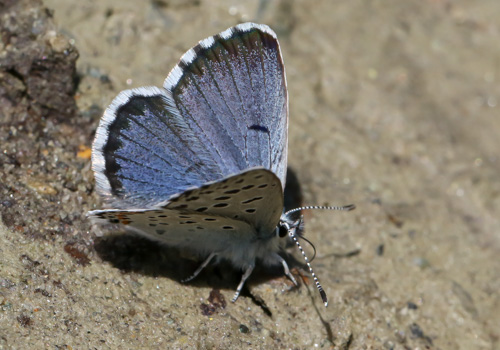
Valais, Switzerland, May 2022
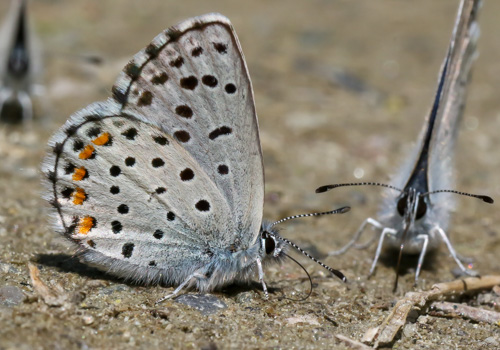
Valais, Switzerland, May 2022
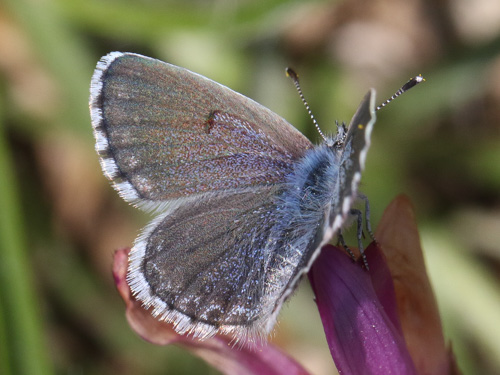
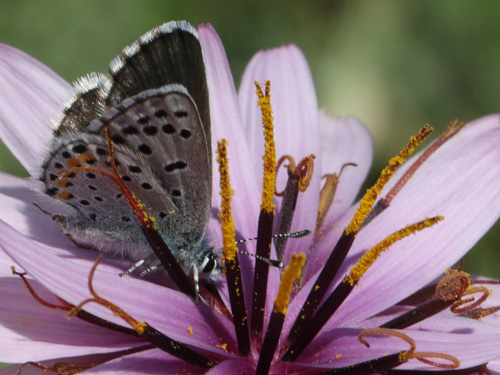
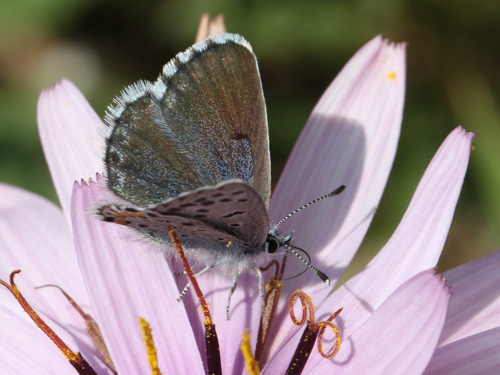
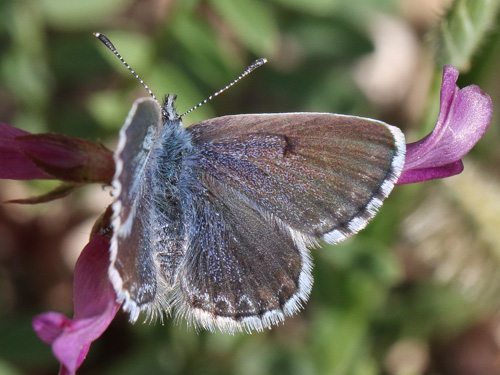
Sicily, Italy, May 2018
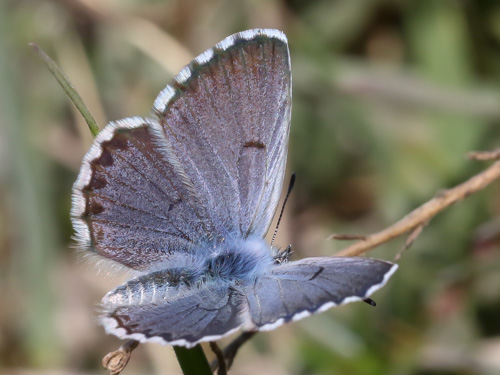
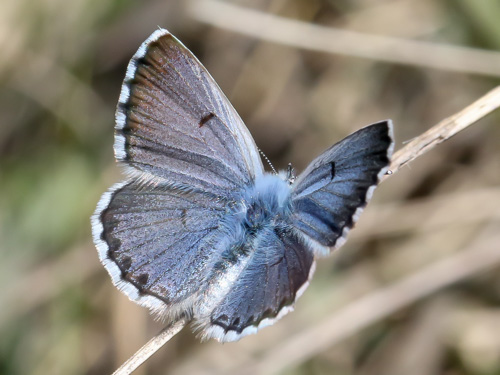
Valais, Switzerland, April 2021
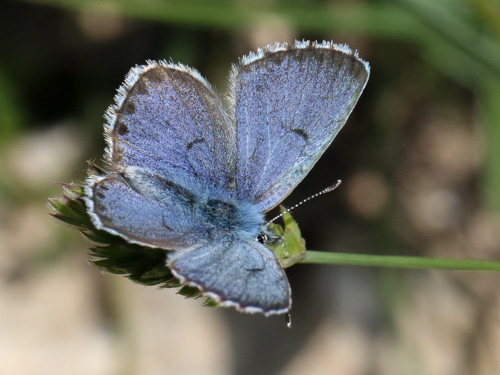
Sicily, Italy, May 2018
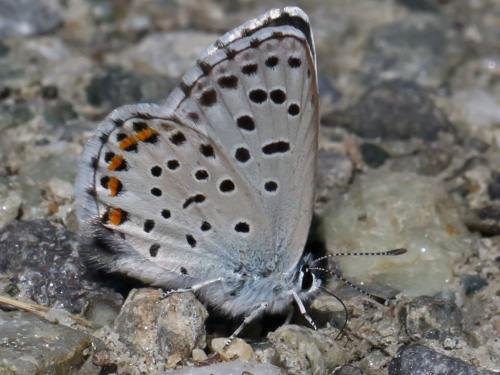
Valais, Switzerland, July 2021
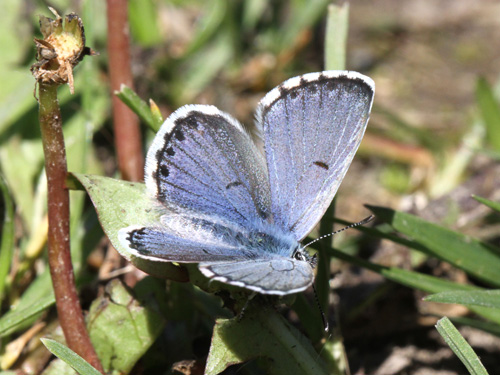
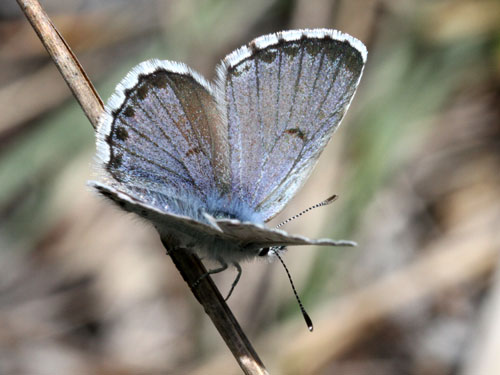
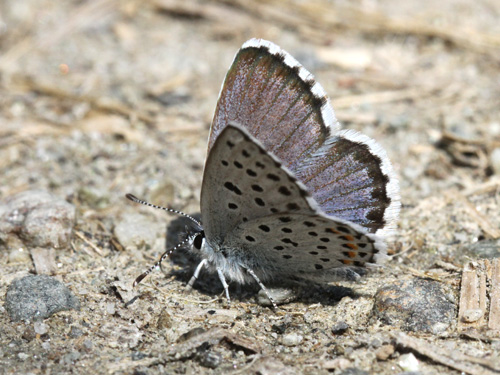
Valais, Switzerland, May 2014
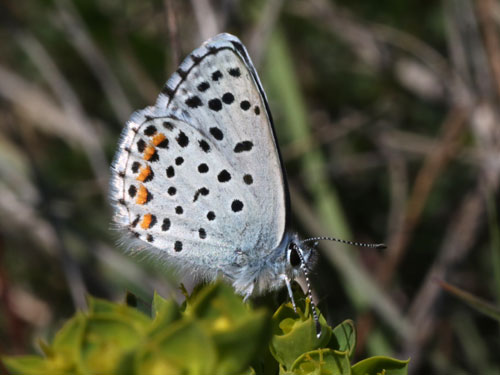
Valais, Switzerland, May 2016
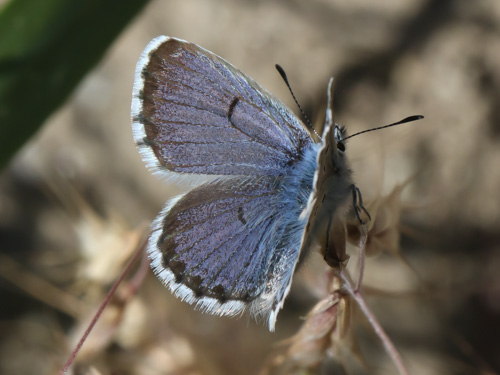
Valais, Switzerland, June 2019
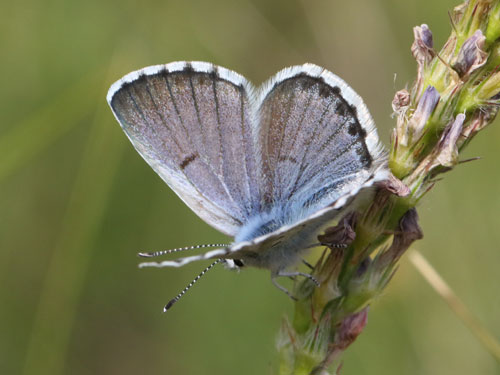
Valais, Switzerland, June 2015
